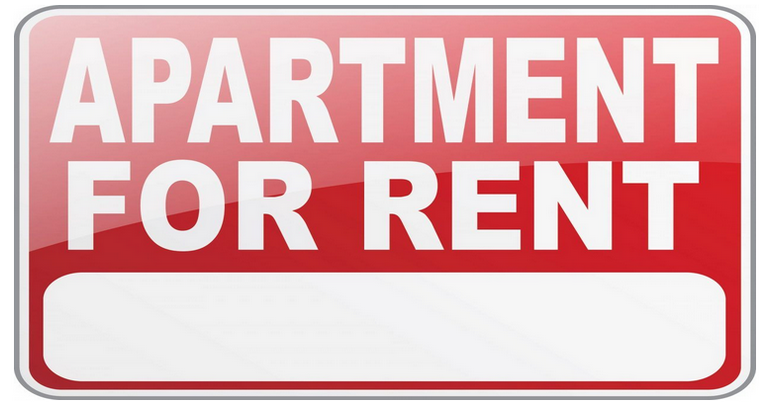
Historically the US housing market was dominated by renters but just prior to the turn-of-the-century this began to change. A culmination of a stock market boom and a growing economy weaponised the mortgage industry. In the run-up to the economic crisis of 2008 demand for securitised mortgage bonds increased. This prompted more and more US citizens to buy their own home but unfortunately the financial model used by the mortgage sector was already stretched.
The sub-prime mortgage crash of 2008
History will show that the sub-prime mortgage crash of 2008 led to contagion through all investment and money markets. What began as a trickle of foreclosures very quickly snowballed bringing down some of the best-known names in the financial sector such as Lehman Bros. Looking back, the business model associated with the mortgage sector began creaking some years earlier.
The ability to arrange mortgages with a 20% deposit, reducing the lender’s risk, allowed finance houses to securitise mortgages and sell them as bonds on the stock market. Interest on these bonds was covered by mortgage payments and the mortgage companies created huge finance streams used to secure further mortgages. However, as competition grew the mortgage providers moved towards the sub-prime market offering mortgage packages to those with a chequered financial past.
Mortgage arrears
Looking back there were many US citizens offered sub-prime mortgages with no chance of them being able to afford them in the long term. Many of these deals offered extremely attractive interest rates for the first couple of years and then a return to high sub-prime rates. The idea was that as US house prices continued to rise, those struggling would simply refinance their homes on the higher value to give themselves some financial breathing space. As many of these deals were carried out on minuscule profit margins, with companies seeking volume led income, a slowdown in the US property market very quickly took its toll.
Foreclosure crisis of 2008
As house prices began to stall, refinancing options were few and far between, the stream of mortgage payments covering interest on securitised mortgage bonds dried up. This led to huge losses for US financial houses, a collapse in the US sub-prime mortgage market and was the catalyst for an economic crisis which brought the worldwide economy crashing down. As the financial losses mounted up, huge banks such as Bank of America, JP Morgan, Wells Fargo and Citigroup pressed the foreclosure button for millions of households.
These foreclosure properties were immediately placed on the market in what became a race to the bottom to squeeze out the last dollar to shore up balance sheets. Even prior to this there was still an oversupply of properties in the US which added to the problem – with buyers retreating to the sidelines to watch the chaos.
Long-term opportunities
Savvy long-term property investors very quickly noticed they could cherry pick the best properties at a fraction of their real market price. Cash was king and those astute enough to bank their profits at the top of the property market were awash with dollars. The previous sea change from rental to homeownership very quickly reversed creating overnight demand for rental properties. This attracted more and more landlords into the property market.
There are still many ongoing court cases regarding the way in which some US banks foreclosed homes with allegations of minimal if any warning for troubled households. Even though the US economy has improved since the lows of 2010 there are still many state property markets in the US which have yet to recover. Worldwide interest rates are still near their historic low, cheap finance is supporting many investment markets and a return to more traditional monetary indicators is still some way off.
Conclusion
The 2008 sub-prime mortgage crash epitomises the stereotypical boom and bust scenario. Prior to the boom stage the US was traditionally a rental market but increased availability of mortgage finance prompted many to buy that dream home. As business towards the safer end of the mortgage market began to slow, mortgage providers began to climb down the property ladder heading towards the sub-prime market. Encouraging US citizens to buy properties which they could clearly not afford to finance became the norm (often with no deposits required). Chasing that home owning dream was in the reach of millions of people. However, when house prices began to slow, refinancing options for sub-prime mortgages evaporated, mortgage defaults and foreclosures began to grow.
Many US and international property investors took advantage of the subsequent crash in US house prices to build up their rental portfolios. Since US homeownership peaked in 2014 there has been a gradual decline in favour of the rental market. Even with recent economic growth many have decided not to return to the homeownership market with their credit ratings and finances decimated. The switch towards rental properties continues and is unlikely to change in the foreseeable future.

